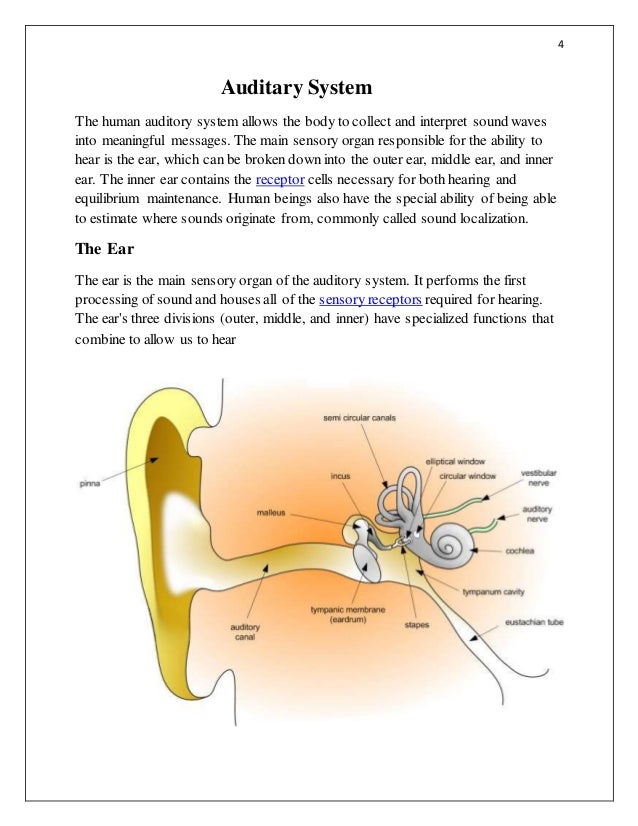

Several theories have been proposed to account for pitch perception. How does the auditory system differentiate among various pitches? Low-frequency sounds are lower pitched, and high-frequency sounds are higher pitched. Like the visual system, there is also evidence suggesting that information about auditory recognition and localization is processed in parallel streams (Rauschecker & Tian, 2000 Renier et al., 2009).ĭifferent frequencies of sound waves are associated with differences in our perception of the pitch of those sounds. Auditory information is shuttled to the inferior colliculus, the medial geniculate nucleus of the thalamus, and finally to the auditory cortex in the temporal lobe of the brain for processing. As hair cells become activated, they generate neural impulses that travel along the auditory nerve to the brain. The activation of hair cells is a mechanical process: the stimulation of the hair cell ultimately leads to activation of the cell.

The basilar membrane is a thin strip of tissue within the cochlea. As the stapes presses into the oval window, the fluid inside the cochlea begins to move, which in turn stimulates hair cells, which are auditory receptor cells of the inner ear embedded in the basilar membrane. As the ossicles move, the stapes presses into a thin membrane of the cochlea known as the oval window. This vibration results in movement of the three ossicles. Sound waves travel along the auditory canal and strike the tympanic membrane, causing it to vibrate. The ear is divided into outer (pinna and tympanic membrane), middle (the three ossicles: malleus, incus, and stapes), and inner (cochlea and basilar membrane) divisions.


 0 kommentar(er)
0 kommentar(er)
